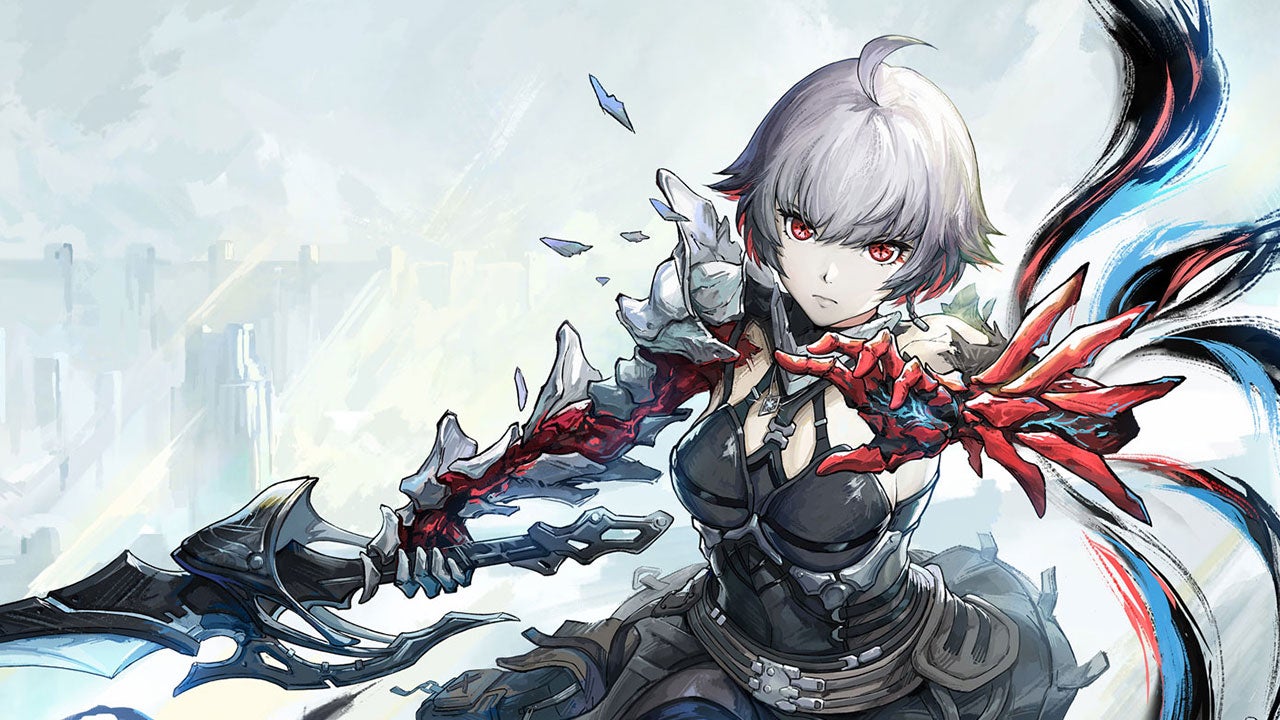Review of AI Limit

Overview of AI Limit
AI Limit is the latest title in the soulslike genre, presenting players with a mix of overused tropes and some unique mechanics. Set in a post-apocalyptic sci-fi universe, the game follows an android known as a Blader, who aims to restore balance to a fallen world plagued by toxic black mud. While reminiscent of classic RPGs, AI Limit falls short when it comes to originality, creativity, and execution, leaving players with a sense of familiarity that lacks true excitement.
Gameplay and Setting
In AI Limit, players traverse the remnants of a once-thriving civilization, now reduced to ruins. The environment is marked by familiar gaming conventions: a tutorial situated in a dank sewer, and a swamp area characterized by poisonous terrain. The protagonist, your android character, has a mostly robotic demeanor, leading to limited emotional engagement as they traverse through the game’s story.
Throughout this 30-hour journey, the narrative and character development remain uninspiring. The world feels empty and lifeless, with only a handful of basic enemy types reappearing repeatedly. However, there are moments when the game hints at a more engaging experience, though they are notably rare.
Combat System
Combat in AI Limit appears straightforward, designed to mimic established soulslike gameplay. Players can expect to explore dark environments, fend off minor foes, and tackle larger bosses with high health bars. The problem arises from the lack of enemy diversity, overly simplistic combat mechanics, and unchallenging scenarios.
Combat Features:
- Sync Rate Bar: This innovative feature increases as players inflict damage and decreases when spells are used or when taking hits. Maintaining a higher Sync Rate allows for increased damage output and encourages strategic gameplay decisions.
- Ability Switching: Players can unlock special powers that can be swapped in combat, such as shields or short dashes. However, the game’s design makes one power—a parry ability—far superior, leaving little reason to experiment with other options.
Boss Fights and Enemy Design
Many boss encounters tend to be rather predictable, suffering from standardized attack patterns and recycled designs. Most bosses can be easily parried, leading to frustratingly easy victories. Players may find themselves facing the same generic enemies repeatedly, which diminishes the thrill of the challenge.
Boss Characteristics:
- Generally uninspired visual designs reminiscent of generic monsters from popular media.
- Limited variety in attack patterns, making the battles feel repetitive.
- A few exceptions exist, such as fights against fellow Bladers or unique giant machines that offer a different level of challenge, showcasing the potential that the game has but often fails to deliver.
Technical Issues
AI Limit unfortunately suffers from numerous technical glitches that disrupt gameplay. Common issues include sudden crashes, getting stuck in the environment, and even falling through floors during crucial moments. Players may find that many deaths stem not from challenging gameplay but rather from these frustrating bugs, robbing the experience of satisfaction and fulfillment.
The Potential of AI Limit
Despite its shortcomings, there are fleeting moments that showcase AI Limit’s potential. Occasionally, the game introduces formidable enemies and complex encounters that heighten the excitement. Players may find themselves engaged during select battles against Bladers with varied abilities, or when facing off against unique mechanical foes that diverge from the routine experience.
However, such moments are exceptions in a broader context filled with repetitive gameplay and uninspired execution. The inconsistency in quality can leave players feeling underwhelmed, as they navigate a half-hearted homage to the soulslike genre without the depth or complexity that fans have come to expect.
In summary, AI Limit presents itself as a unique title with promising mechanics and an interesting setting; however, it ultimately fails to deliver a compelling and engaging experience, hampered by repetitiveness and technical flaws that drain the thrill from its gameplay.





